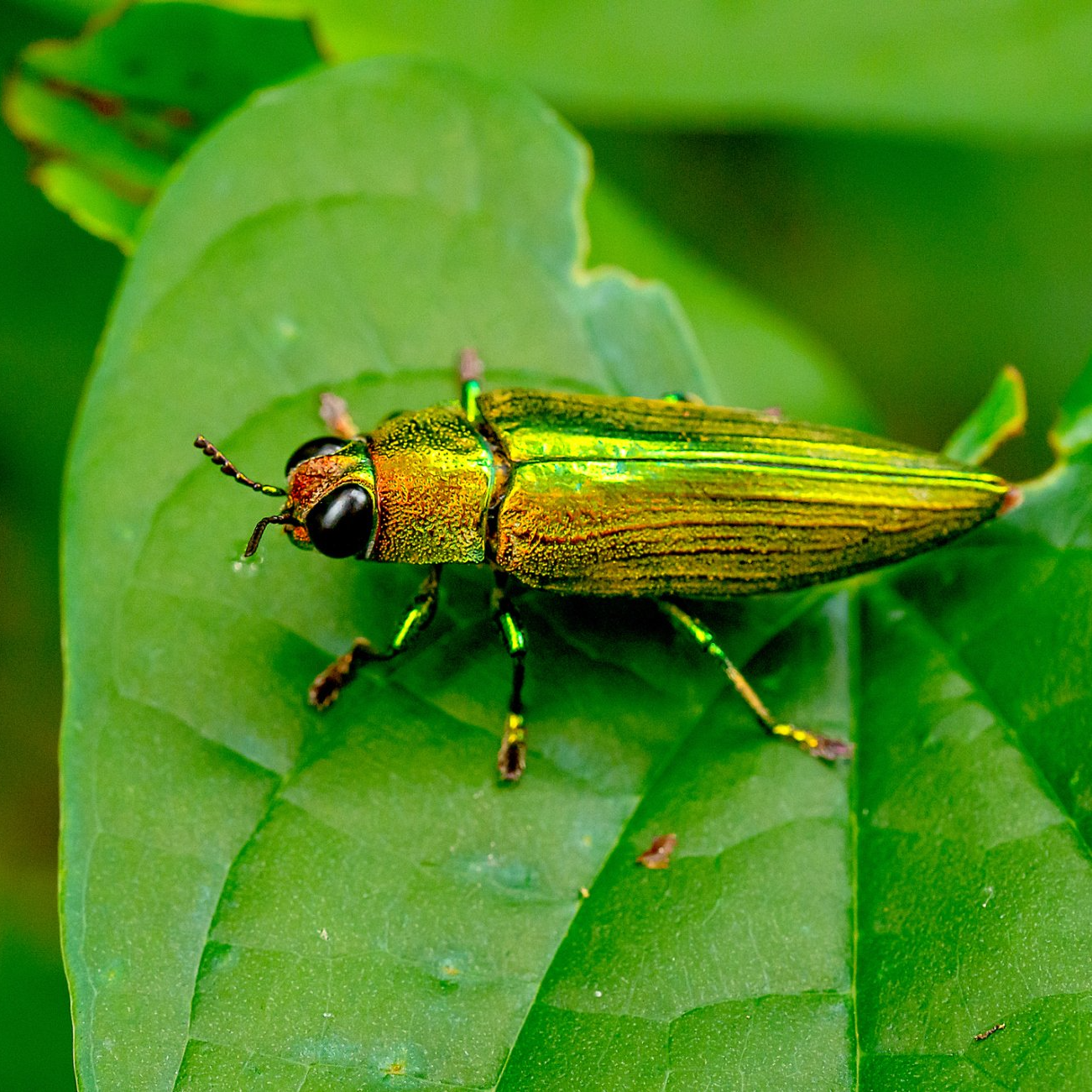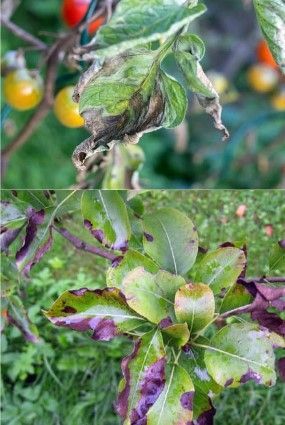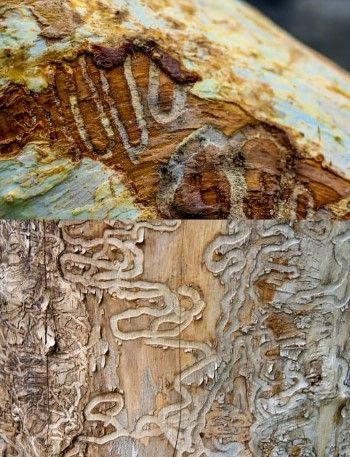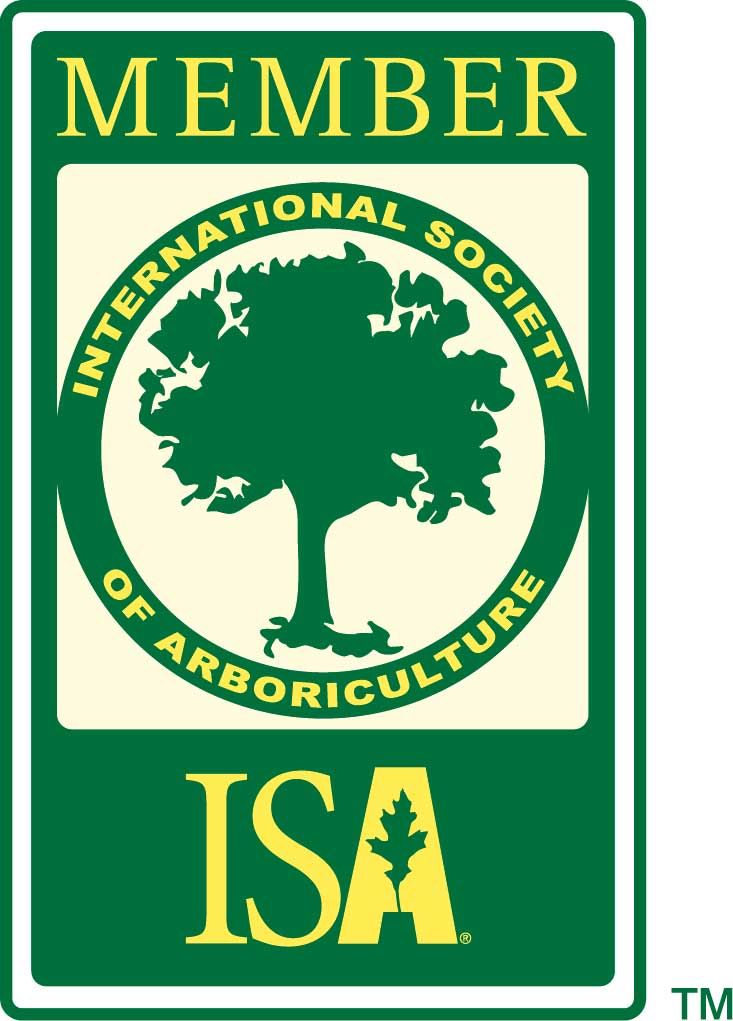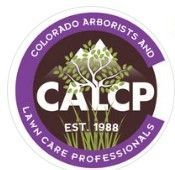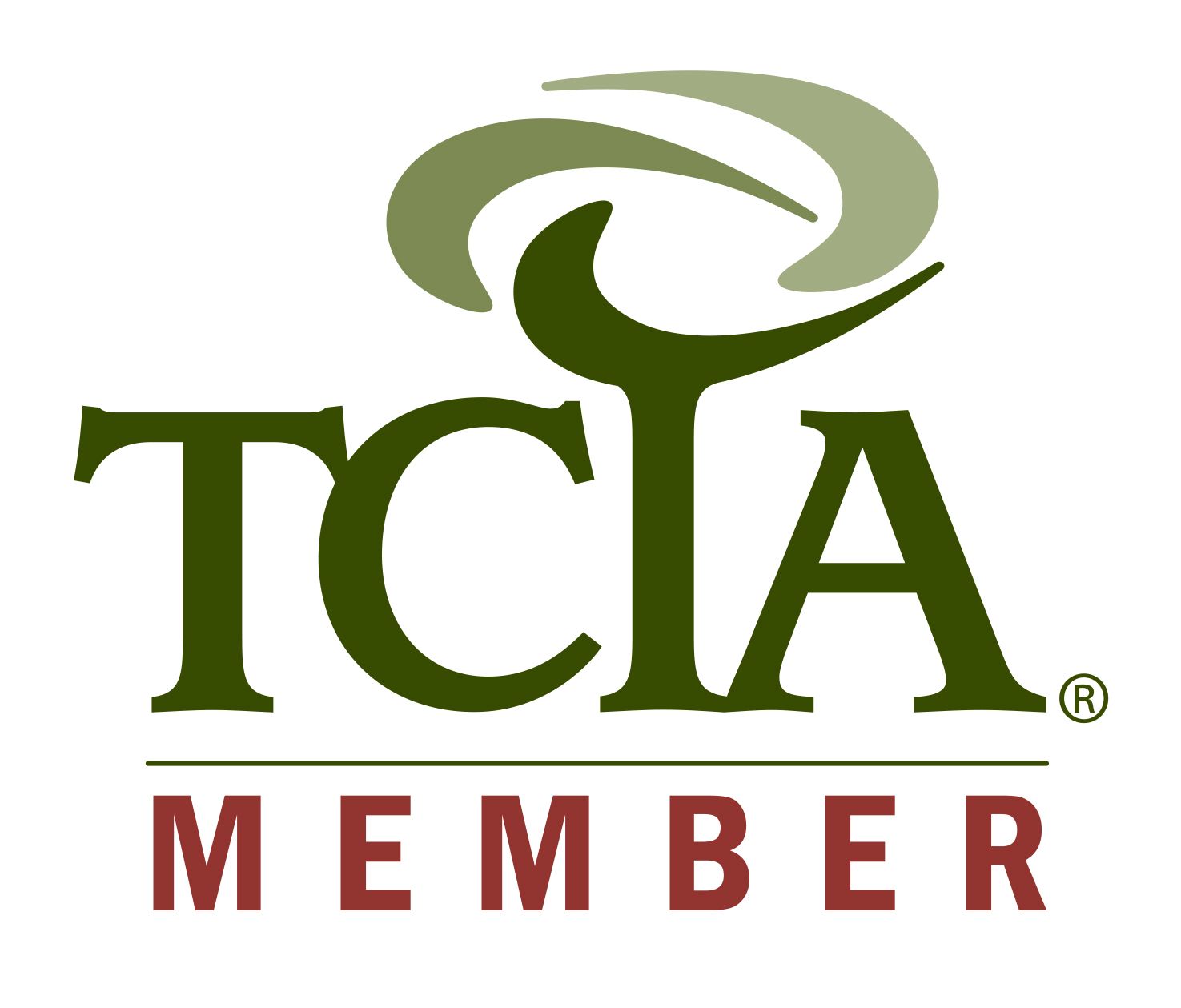Tree Pest & Disease Control
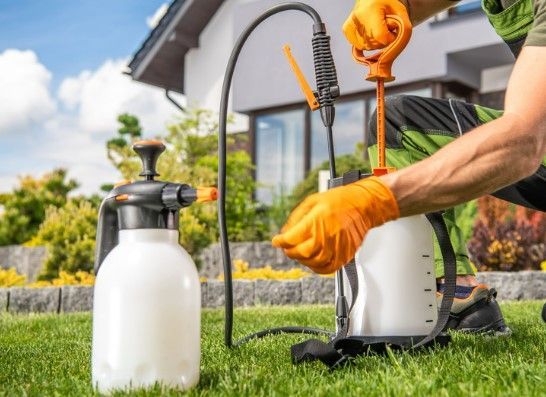
Tree Pest & Disease Control Strategies that limit environmental exposure.
Both pests and diseases can wreak havoc on the trees and plants on your property, negatively affecting its overall appeal. Protecting the trees and plants in your landscape from pests and diseases starts with a thorough and detailed inspection by an arborists at Schra Tree Care. Our plant health care experts are well-versed in the latest pest and tree disease treatments that limit environmental exposure and uses the least amount of pesticide. After careful examination, we can recommend the best tree pest control and tree disease treatments to keep your trees and plants strong, healthy, and beautiful.
WONDERING IF YOUR TREE HAS A PEST OR DISEASE?
Most Common Tree Pest & Diseases
The most effective way to avoid serious tree damage, due to pests and diseases, is to take preventative measures.
Pay close attention to how some leaves or blossoms may look differently than a majority of the tree.
Tree pests and diseases are easier to spot during the spring, summer, and early fall.
Don’t make the mistake of ignoring potential ash tree disease.
Schra Tree Care offers treatment plans, as well as management options to restore the health of your landscape's green assets.
It is necessary to be 100 percent positive about the disease or pest bothering your tree because an improper treatment could cause the tree to die. It’s not worth it to “try out” an experiment treatment if you aren’t sure it’s exactly what your tree needs to recover. If you have any suspicion that your tree’s health might be compromised, reach out us right away.
We will do everything in our power to save your tree.
Protect your Northern Colorado property today by contacting Schra Tree Care and scheduling an inspection of your trees.
Send us your details and we’ll get back to you to schedule a free consultation.
Schra Tree Care proudly serves Fort Collins, Loveland, Berthoud, Windsor, and Johnstown/Milliken.



